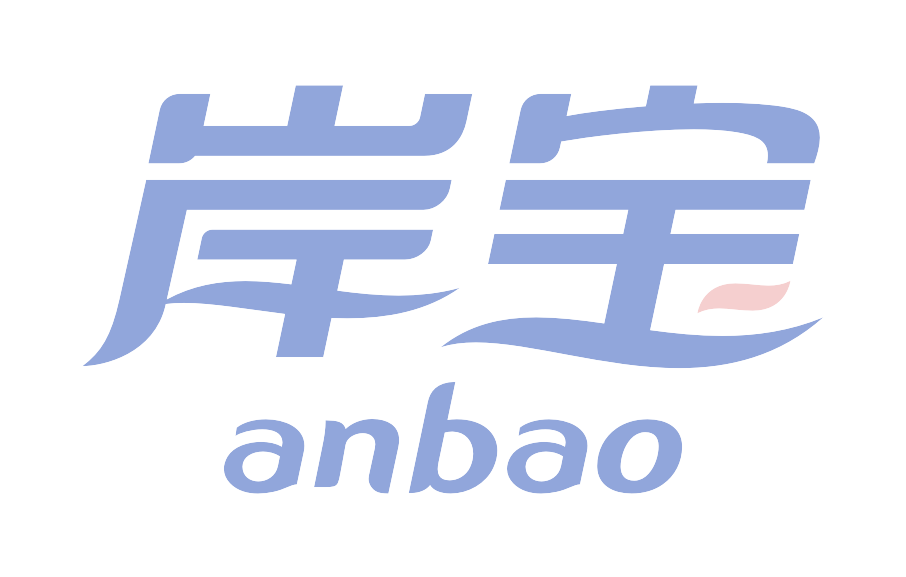
The Purpose and Significance of Double Walled Paper Cups
In an era marked by environmental awareness and rapid technological innovation, the humble paper cup has undergone significant transformations. Among these innovations, the double-walled paper cup stands out as a testament to the balance between functionality, user experience, and sustainability. This essay explores the multifaceted purposes of double-walled paper cups, examining their role in thermal insulation, condensation prevention, branding, and environmental impact. By analyzing these aspects, we gain insight into why this design has become a staple in the food and beverage industry.
1. Thermal Insulation: Enhancing Comfort and Safety
The primary purpose of a double-walled paper cup is to provide effective thermal insulation. Single-walled cups, often used for cold beverages, struggle to retain heat for hot drinks like coffee or tea. The double-walled design addresses this by creating a layer of air between two sheets of paper. Air is an excellent insulator, reducing heat transfer through conduction and convection. This design ensures that the outer surface of the cup remains cool to the touch, even when filled with scalding liquids.
For consumers, this insulation translates to practical benefits. Hot beverages stay warmer for longer, allowing users to enjoy their drinks at their preferred temperature without rushing. Additionally, the cool exterior prevents burns or discomfort when holding the cup, making it safer for children or individuals with sensitive skin. In commercial settings, such as coffee shops, this feature enhances customer satisfaction, encouraging repeat purchases.
Moreover, thermal efficiency is crucial for businesses. By retaining heat, double-walled cups reduce the need for additional accessories like cardboard sleeves, which are often discarded and contribute to waste. This not only streamlines operations but also aligns with sustainability goals by minimizing material use.
2. Condensation Control: Maintaining Hygiene and Convenience
Another critical advantage of double-walled cups is their ability to prevent condensation. When cold drinks are served in single-walled cups, the temperature difference between the liquid and the ambient air causes moisture to accumulate on the cup’s exterior. This condensation can lead to slippery surfaces, water damage to tables, or even mold growth if left unattended.
The double-walled design mitigates this issue by creating a barrier between the cold liquid and the surrounding environment. The trapped air layer acts as a buffer, reducing the temperature gradient and thus minimizing condensation. This ensures that the cup remains dry and easy to handle, even during humid weather or when filled with icy beverages like smoothies or iced coffee.
For food establishments, condensation control is essential for maintaining hygiene and preventing spills. Wet cups can also damage labels or branding elements, which is particularly problematic for businesses investing in custom packaging. By using double-walled cups, companies can preserve the integrity of their branding while ensuring a clean and professional presentation.
3. Branding and Consumer Experience
Beyond functionality, double-walled cups serve as powerful marketing tools. Their sturdy construction and premium feel enhance the perceived value of the product, making them a popular choice for cafes, restaurants, and even upscale events. Brands often use custom designs, logos, and vibrant colors on these cups to reinforce brand identity and create a memorable customer experience.
The tactile appeal of double-walled cups also contributes to consumer satisfaction. The thickness of the walls provides a solid grip, associating the product with quality and durability. This contrasts with flimsy single-walled cups, which may feel cheap or prone to leaks. In competitive markets, such details can influence purchasing decisions and foster brand loyalty.
Furthermore, double-walled cups offer opportunities for innovation. Some manufacturers integrate additional features, such as embossed textures or reusable lids, to differentiate their products. For example, companies like Starbucks have experimented with double-walled cups featuring thermochromic ink that changes color when exposed to heat, adding an interactive element to the user experience.
4. Environmental Considerations: Balancing Sustainability
While double-walled cups offer numerous benefits, their environmental impact remains a topic of debate. Critics argue that the additional layer of paper increases resource consumption and waste. However, proponents highlight that these cups can actually reduce overall environmental harm when designed thoughtfully.
First, double-walled cups often eliminate the need for disposable sleeves or coasters, which are typically single-use and difficult to recycle. By combining insulation and structure into one design, they minimize material waste. Additionally, their durability means they are less likely to leak or collapse, reducing the likelihood of spills and associated cleanups.
Moreover, advancements in materials science have made double-walled cups more eco-friendly. Many modern cups are now made from recycled paper or sustainably sourced pulp. Biodegradable or compostable coatings, such as plant-based PLA (polylactic acid), replace traditional plastic liners, making them more compatible with recycling systems. Some companies even offer take-back programs, ensuring that used cups are properly processed.
However, challenges persist. The recycling of paper cups remains complex due to residual liquids and food particles, which contaminate the pulp. Additionally, the energy required to produce double-walled cups may offset some environmental gains. To address these issues, ongoing research focuses on improving recycling infrastructure and developing fully biodegradable alternatives.
5. Economic and Industrial Impact
The adoption of double-walled cups has reshaped the packaging industry. Manufacturers have invested in specialized machinery to produce these cups efficiently, driving innovation in production techniques. For businesses, the cost of double-walled cups is often offset by increased customer satisfaction and reduced expenses related to spills or replacements.
In regions with strict regulations on single-use plastics, double-walled paper cups have emerged as a viable alternative. For example, the EU’s Single-Use Plastics Directive, which bans certain plastic items by 2025, has accelerated the shift toward paper-based solutions. This transition has created new market opportunities, encouraging competition and further advancements in cup design.
Conclusion
Double-walled paper cups exemplify the fusion of form and function in modern packaging. By prioritizing thermal efficiency, condensation control, and branding, they enhance both consumer experiences and business operations. While environmental concerns necessitate continued improvements in materials and recycling infrastructure, the design’s overall contribution to sustainability cannot be overlooked. As technology evolves and consumer demands shift, double-walled cups are likely to remain a cornerstone of the food and beverage industry, balancing practicality with responsibility.
In a world increasingly focused on minimizing waste and maximizing efficiency, the double-walled paper cup serves as a reminder that innovation can arise from even the simplest of objects. Its enduring relevance lies not only in its ability to keep drinks hot or cold but also in its potential to drive positive change—one cup at a time.


